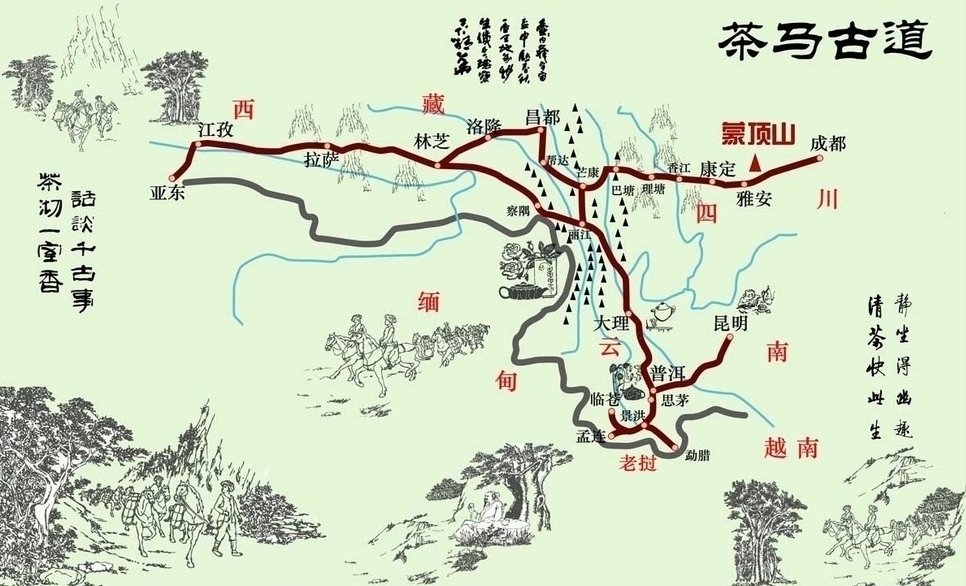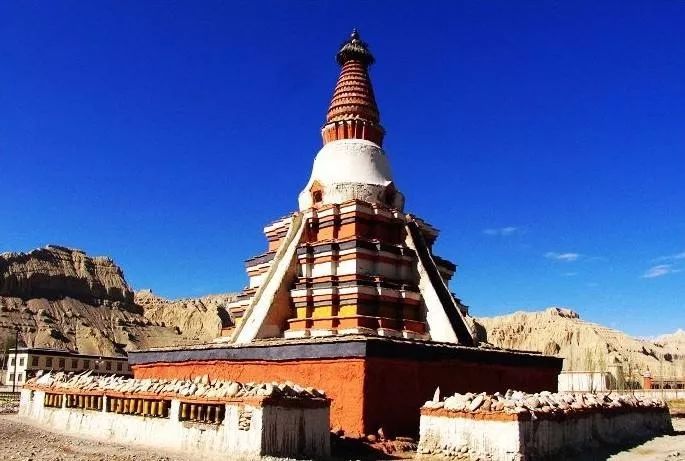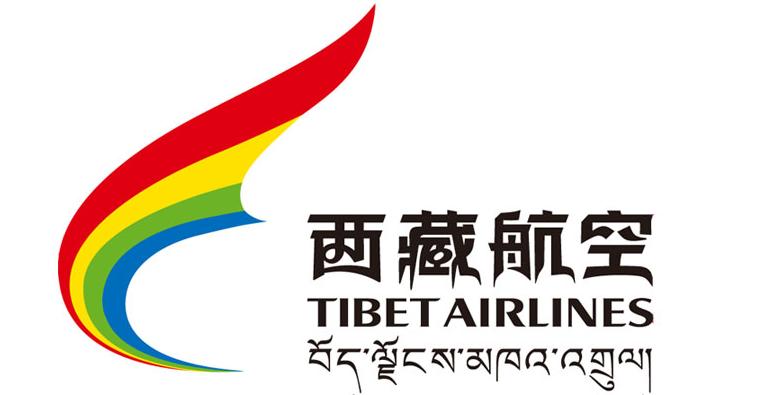
Deutsch-Chinesische Enzyklopädie, 德汉百科
 Xizang Zizhiqu-XZ
Xizang Zizhiqu-XZ


 Chongqing Shi-CQ
Chongqing Shi-CQ
 Guizhou Sheng-GZ
Guizhou Sheng-GZ
 Sichuan Sheng-SC
Sichuan Sheng-SC
 Southwest China
Southwest China
 Xizang Zizhiqu-XZ
Xizang Zizhiqu-XZ
 Yunnan Sheng-YN
Yunnan Sheng-YN


茶馬古道(ちゃばこどう)とは雲南省で取れた茶(磚茶)をチベットへ人および馬で運んだことから名付けられた交易路である。南のシルクロード(Southern Silk Road)とも。7世紀の唐や吐蕃の時代にはすでに交易が始められ、20世紀中ごろが流通の絶頂期と言われていて、毛沢東が自動車道を雲南に作るまでこの茶馬古道は使われていた。
雲南省南部の易武が起点。途中、景洪市やプーアル、那柯里などのメコン川沿いで寝泊まりしながら雲南省を北上し、虎街では町の真ん中を茶馬古道が通っている。その後、雲南の最初の王国・南詔国の都・巍山から大理を経由し、麗江市からは長江沿いを行き、ガダン・ソンザンリン寺院などを経由しながら雲南を出る。
チベット 、ミャンマー 、ネパール 、インド などへ抜ける幾つかのコースがある。四川省を起点とするコースも含める[1]。
主な交易品は雲南地域より塩、茶、銀製品、食料品、布製品、日用品など。チベット地域より毛織物、薬草、毛皮など。チベットを経由してインド・ネパールで生産されたの物資も雲南に届いたと言う。茶馬古道の要衝といわれる有名な都市にラサ、徳欽、迪慶、昌都(Qamdo)、芒康(Mar-kham)、麗江、大理、思茅などがある。
The Tea Horse Road or chamadao (simplified Chinese: 茶马道; traditional Chinese: 茶馬道), now generally referred to as the Ancient Tea Horse Road or chamagudao (simplified Chinese: 茶马古道; traditional Chinese: 茶馬古道) was a network of caravan paths winding through the mountains of Sichuan, Yunnan and Tibet in Southwest China.[1] This was also a tea trade route. It is also sometimes referred to as the Southern Silk Road or Southwest Silk Road, and it is part of a complex routes system connecting China and South Asia.
There are numerous surviving archaeological and monumental elements, including trails, bridges, way stations, market towns, palaces, staging posts, shrines and temples along the route. Besides the route's importance for commercial activity, more significantly it was crucial for cultural exchange between the Indian subcontinent, Tibet and Southwest China. Especially, it was vitally important for the interchange of Buddhism between China and South Asia.[2]
La route du thé et des chevaux ou l'ancienne route du thé et des chevaux (en chinois : 茶马古道, Cha ma gu dao), est un réseau de sentiers muletiers serpentant en zone montagneuse à partir du Sichuan et du Yunnan en Chine, pour gagner respectivement vers l'ouest et le nord-ouest le Tibet central et vers le sud-ouest la Birmanie. Des caravanes de chevaux, mulets, yaks et porteurs humains transportaient sur 2 400 à 2 600 km, des briques ou des galettes de thé, pour les troquer au Tibet contre des fourrures, vêtements de laine, musc et matières médicinales. La référence aux chevaux, vient du fait qu'entre le XIe siècle et le XVIIIe siècle, l'administration chinoise imposa aux populations périphériques du nord-ouest un système de troc étatique de thé contre des chevaux de guerre, nécessaires à la cavalerie impériale. Ce système commercial fonctionna tant bien que mal suivant les époques mais sans emprunter forcément les sentiers muletiers dits chama gudao. C'est d'ailleurs pourquoi ce réseau muletier est aussi appelé xinan sichou zhilu (西南丝绸之路, « « route de la soie du sud-ouest », car des soieries y étaient parfois échangées contre les chevaux.
Les échanges commerciaux entre les grands centres dynamiques de la culture chinoise et les peuples tibétains, divisés mais à l'identité culturelle bien marquée, n'ont cessé de se développer et de se diversifier au cours du dernier millénaire grâce à ces pistes caravanières. Les petits sentiers muletiers du début sont devenus au fil du développement des pistes caravanières de plus en plus larges, pour devenir à la fin du XXe siècle de grandes routes nationales carrossables, reliant toujours deux entités jusqu'alors inégalement développées mais finalement politiquement intégrées à la Chine, après des siècles de vassalisation plus ou moins variable, principalement pas les Mongols et les Mandchous, depuis la dynastie Yuan (1234/1279 – 1368).
L'antica via del tè , o antica via del tè e dei cavalli (cinese: 茶马古道|), era una rete di percorsi per carovane di muli che aggirava le montagne della provincia dello Yunnan, nella Cina sud-occidentale. Viene chiamata anche via della seta meridionale. Circa mille anni fa, l'antica via del tè era un rotta commerciale che univa lo Yunnan, uno dei maggiori produttori di tè, all'India, passando per Birmania e il Tibet, e alla Cina centrale passando per la provincia del Sichuan. Oltre al tè, le carovane di muli trasportavano sale.
Si crede che fosse grazie a questa rotta che il tè si diffuse in Cina ed Asia.
Древний чайный конный путь (кит. трад. 茶馬古道, упр. 茶马古道, пиньинь chámǎgǔdào, палл. чамагудао) — название комплекса торговых путей, на протяжении столетий связывавших Китай с Южной Азией.

Ein Thangka ist ein Rollbild des tantrischen Buddhismus . Es wird zur Meditation in Tempeln oder Hausaltären aufgehängt sowie bei Prozessionen mitgeführt. Dargestellt werden Buddhas, Bodhisattvas, Schutzgottheiten und Lamas oder Symbole wie das Mandala.
Mit Wasserfarben auf Leinwand gemalte Thangkas heißen auf Tibetisch bris-than; in Seide gewebte oder gestickte heißen gos-than.





 Transport and traffic
Transport and traffic
 Geography
Geography


 Architecture
Architecture
 Religion
Religion

 History
History
 Art
Art
 Exhibition
Exhibition